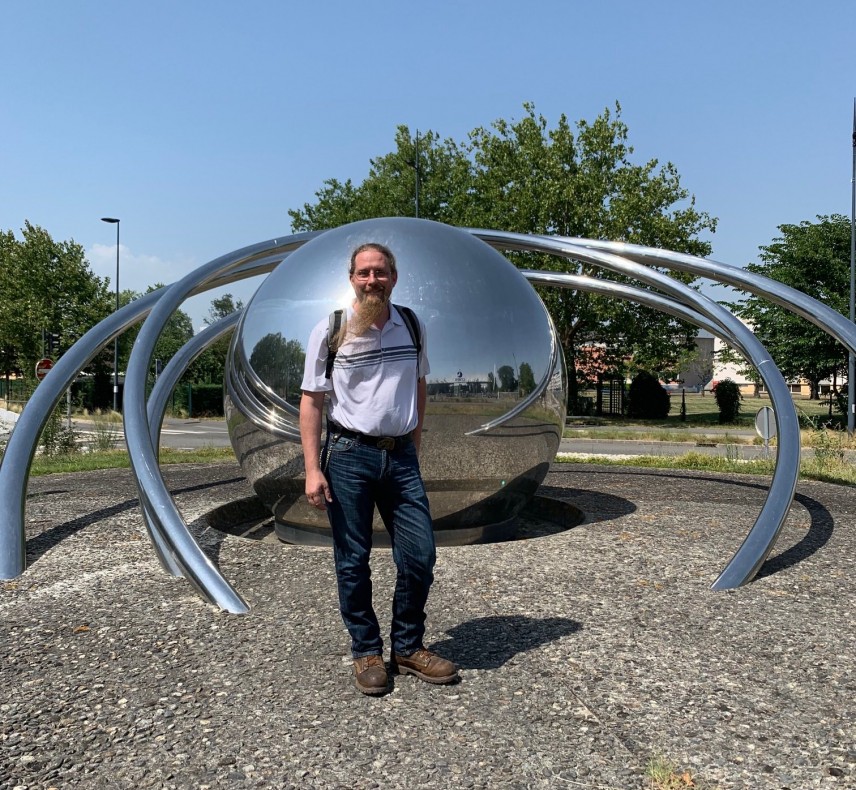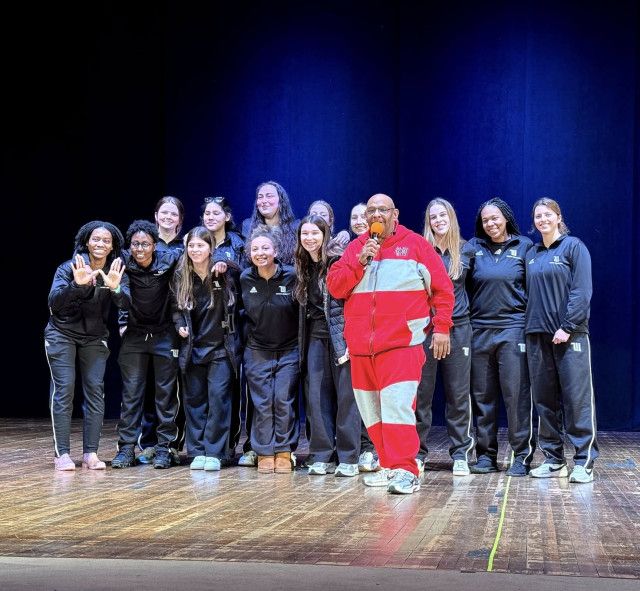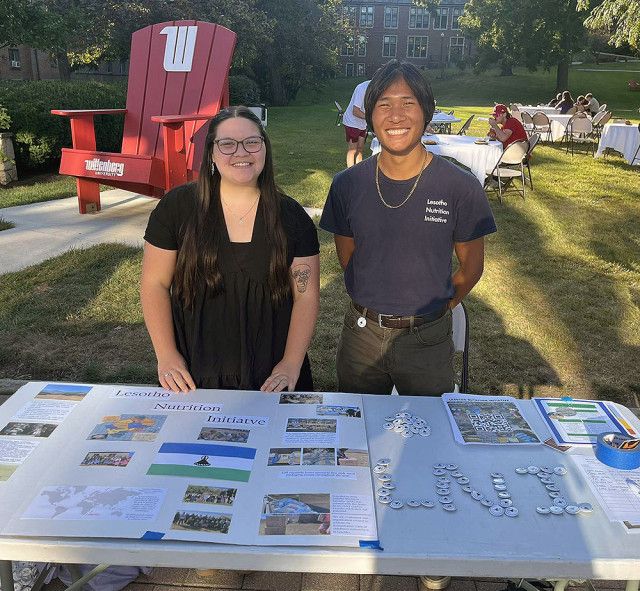Jeremiah Williams, associate professor of physics at Wittenberg, joined colleagues at the Toulouse Space Centre in France to conduct an experiment July 26 on the International Space Station (ISS).
Williams is currently part of a team examining how the thermal properties of dust particles in a plasma environment evolve as the plasma parameters change in the Plasma Kristall-4 (PK-4) dusty plasma laboratory. The 12-member team of scientists has been working on this experiment in collaboration with the German Center for Air and Space (DLR), the European Space Agency, and the Russian Space Agency or ROSCOSMOS. Williams and his collaborators have been working the core science team at DLR to develop the experiment. They are currently at the CADMOS laboratory at the Toulouse Space Centre in Toulouse, France.
“This work grows out of a long-running collaboration that I have had with colleagues at Auburn University and DLR and is being funded through a grant from NASA,” said Williams, who also chairs the department of physics at Wittenberg. “Our primary effort involves looking at the redistribution of energy as dust particles are injected into the experiment and suddenly stopped in the experimental region of the PK-4 instrument. Several Wittenberg students have been involved in analyzing data that has come out of this collaboration, and some of that data was used to plan and develop the experiment that we performed on ISS.”
According to an article by Phys.org, the PK-4 experiment is recreating atomic interactions in a fluid on a larger scale on the ISS. On Earth, these particles are influenced by gravity. However, in space the particles should behave similarly to charged atoms in a fluid crystal structure to allow researchers to better understand hidden interactions of our world.
Experiments in the facility were done to study transport properties, thermodynamics, kinetics and statistical physics, and non-linear waves and instabilities in the plasmas.
Williams’ research interest involves studying plasmas, the fourth naturally-occurring state of matter that makes up most of the visible universe, that contain small bits of particulate matter (dust). Plasmas are found in or used in the manufacturing of hundreds of everyday products, including tools, clothing and electronic devices. Plasmas are also used in water treatment and sterilization procedures used in the medical fields. Williams’ research is focused on understanding the particle transport, wave properties, and thermal properties of the microparticle component of a dusty plasma.







